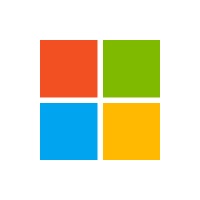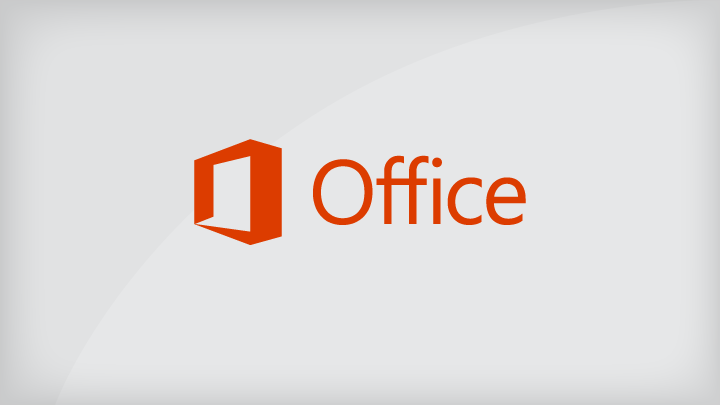Microsoft’s New Push: A Double-Edged Sword for Windows Users
August 4, 2024, 5:02 am
In the ever-evolving landscape of technology, Microsoft is making waves with its latest updates to Windows 11 and Windows 10. The company is not just rolling out patches and security fixes; it’s stepping into the spotlight with full-screen pop-ups and urgent notifications. These changes are designed to nudge users toward cloud solutions and system upgrades. But are they helpful or intrusive?
Windows 11 has recently introduced a full-screen pop-up window that promotes OneDrive and device protection. This isn’t just a casual suggestion; it’s a full-blown advertisement. The pop-up mimics the Out of Box Experience (OOBE) that users encounter when they first set up their devices. It appears right when you power on your PC, demanding attention.
The message is clear: back up your files. Microsoft highlights four key benefits of using OneDrive. First, your files and photos are securely stored in the cloud. Second, collaboration with friends and family becomes seamless. Third, access to files across devices is a breeze. Finally, automatic background synchronization ensures you always have the latest version of your files.
Users have two choices when faced with this pop-up: click “Next” to start backing up files to a free 5 GB OneDrive account or “Skip now” to return to the desktop. It’s a classic case of “join us or ignore us.” However, for users outside the EU, there’s no option to disable these notifications. They’re like a persistent shadow, always lurking.
The Windows Backup app, introduced in July, further pushes users toward OneDrive. It’s not just a suggestion; it’s a mandate wrapped in convenience. The app allows users to back up credentials, settings, images, documents, videos, and more. It’s a comprehensive safety net, but it feels more like a sales pitch than a helpful tool.
On the other hand, Microsoft’s recent update, KB5001716, serves as a wake-up call for users of Windows 10 and 11. Released in early August 2024, this update isn’t your typical security patch. It’s a reminder that users need to keep their operating systems up to date. The update targets multiple versions of Windows 10 and 11, warning users that their current version may soon reach the end of its support life.
This update does more than just inform. It actively attempts to download and install newer versions of Windows if the current version is nearing its end. It’s a proactive approach, but it raises eyebrows. Users may find themselves caught in a cycle of constant updates, with little control over the process.
After installing KB5001716, users might see notifications about potential issues. These alerts can indicate that their version of Windows is no longer supported or that their hardware doesn’t meet the minimum requirements for the latest updates. It’s a bit like a nagging parent, always reminding you to do your homework.
The notifications can appear in various modes: full-screen, game, quiet time, and focus assist. This means that even during moments of concentration, users can be interrupted by reminders to update or upgrade. It’s a double-edged sword—while it aims to keep systems secure, it can also disrupt productivity.
Microsoft’s strategy seems to be twofold. On one hand, they’re pushing users toward cloud solutions like OneDrive, emphasizing security and convenience. On the other hand, they’re urging users to stay current with their operating systems, ensuring that everyone is on the latest version. It’s a balancing act, but it feels more like a sales tactic than a genuine effort to enhance user experience.
The full-screen pop-ups and persistent notifications can feel overwhelming. Users may appreciate the intention behind these updates, but the execution leaves much to be desired. It’s a classic case of good intentions gone awry.
In a world where digital privacy is paramount, these aggressive tactics raise questions. Are users being coerced into using services they may not want? Is Microsoft prioritizing its cloud services over user autonomy?
The tech giant is walking a fine line. While the push for cloud storage and regular updates is understandable, the methods employed can alienate users. It’s essential for Microsoft to find a balance between promoting its services and respecting user choice.
In conclusion, Microsoft’s recent updates to Windows 11 and 10 are a mixed bag. The full-screen pop-ups for OneDrive and the urgent notifications about system updates are designed to keep users informed and secure. However, they risk crossing the line into annoyance. As users navigate this new landscape, they must weigh the benefits against the intrusiveness of these tactics. In the end, technology should empower, not overwhelm.
Windows 11 has recently introduced a full-screen pop-up window that promotes OneDrive and device protection. This isn’t just a casual suggestion; it’s a full-blown advertisement. The pop-up mimics the Out of Box Experience (OOBE) that users encounter when they first set up their devices. It appears right when you power on your PC, demanding attention.
The message is clear: back up your files. Microsoft highlights four key benefits of using OneDrive. First, your files and photos are securely stored in the cloud. Second, collaboration with friends and family becomes seamless. Third, access to files across devices is a breeze. Finally, automatic background synchronization ensures you always have the latest version of your files.
Users have two choices when faced with this pop-up: click “Next” to start backing up files to a free 5 GB OneDrive account or “Skip now” to return to the desktop. It’s a classic case of “join us or ignore us.” However, for users outside the EU, there’s no option to disable these notifications. They’re like a persistent shadow, always lurking.
The Windows Backup app, introduced in July, further pushes users toward OneDrive. It’s not just a suggestion; it’s a mandate wrapped in convenience. The app allows users to back up credentials, settings, images, documents, videos, and more. It’s a comprehensive safety net, but it feels more like a sales pitch than a helpful tool.
On the other hand, Microsoft’s recent update, KB5001716, serves as a wake-up call for users of Windows 10 and 11. Released in early August 2024, this update isn’t your typical security patch. It’s a reminder that users need to keep their operating systems up to date. The update targets multiple versions of Windows 10 and 11, warning users that their current version may soon reach the end of its support life.
This update does more than just inform. It actively attempts to download and install newer versions of Windows if the current version is nearing its end. It’s a proactive approach, but it raises eyebrows. Users may find themselves caught in a cycle of constant updates, with little control over the process.
After installing KB5001716, users might see notifications about potential issues. These alerts can indicate that their version of Windows is no longer supported or that their hardware doesn’t meet the minimum requirements for the latest updates. It’s a bit like a nagging parent, always reminding you to do your homework.
The notifications can appear in various modes: full-screen, game, quiet time, and focus assist. This means that even during moments of concentration, users can be interrupted by reminders to update or upgrade. It’s a double-edged sword—while it aims to keep systems secure, it can also disrupt productivity.
Microsoft’s strategy seems to be twofold. On one hand, they’re pushing users toward cloud solutions like OneDrive, emphasizing security and convenience. On the other hand, they’re urging users to stay current with their operating systems, ensuring that everyone is on the latest version. It’s a balancing act, but it feels more like a sales tactic than a genuine effort to enhance user experience.
The full-screen pop-ups and persistent notifications can feel overwhelming. Users may appreciate the intention behind these updates, but the execution leaves much to be desired. It’s a classic case of good intentions gone awry.
In a world where digital privacy is paramount, these aggressive tactics raise questions. Are users being coerced into using services they may not want? Is Microsoft prioritizing its cloud services over user autonomy?
The tech giant is walking a fine line. While the push for cloud storage and regular updates is understandable, the methods employed can alienate users. It’s essential for Microsoft to find a balance between promoting its services and respecting user choice.
In conclusion, Microsoft’s recent updates to Windows 11 and 10 are a mixed bag. The full-screen pop-ups for OneDrive and the urgent notifications about system updates are designed to keep users informed and secure. However, they risk crossing the line into annoyance. As users navigate this new landscape, they must weigh the benefits against the intrusiveness of these tactics. In the end, technology should empower, not overwhelm.

